Roots of Contemporary Conflicts, Part I: Ukraine Conflict
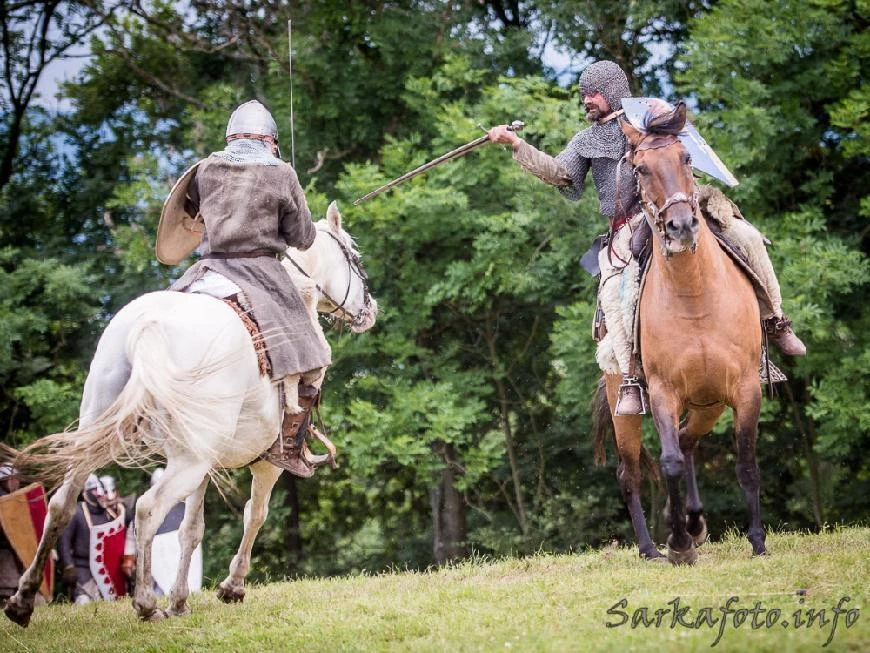
The origin of the early Slavs is unclear. Some historians believe that Slavic populations inhabited vast territories of central and northern Europe as early as the Roman period. In the first part of our historical exploration, we will look at the Slavs, who lived in the territory of today's Ukraine-War Conflict, around the early Middle Ages and onwards.
Contents
Slavs at the Dawn of History
In the early Middle Ages, the East Slavs occupied the territories of today’s Ukraine, Belarus and northern Russia, founding new settlements, most notably Kiev.
The area around Kiev was inhabited by the Poliane people. The Drevliane lived in the area west of the Dnieper, and the Severiane lived in the east. The Vyatichi and the Krivichs lived further on the north. All these tribes, along with several others, laid the foundation of Kievan Rus, from which the future nations of Russia, Ukraine and Belarus emerged. Until the 9th century, agrarian economy prevailed in this area, but later, trade grew in importance.
At that time, Slavic tribes competed for control over northern Russia. Some asked for support from the northern Varangians, who gladly accepted this invitation.
Scandinavian Domination
The Varangians had been roaming these lands for some time, looking for river routes to connect their homeland with the rich Byzantine Empire. The Varangians (and specifically the Varangian prince Rurik) conquered the Slavs and established the ruling Rurik dynasty, which established Novgorod.
Gnezdovo sword, 1st half of the 10th century.
In 858, Rurik's followers, Askold and Dir, arrived in Kiev, and nearly two years later, the Varangians, supported by the Russians, approached Constantinople.
In 882 Oleg the Wise united Novgorod located in the north with Kiev located in the south, and Kiev became the capital of the new state, Kievan Rus.
Prince Igor, after an unsuccessful raid on Constantinople, concluded a trade treaty with Byzantium and introduced Christianity into his country. Olga of Kiev, Igor's widow, was baptized in 957.
Her son Sviatoslav, however, continued to worship pagan gods. He became a successful a military leader: destroying the Khazar khanate in 966, and the kingdom of the Danube Bulgaria in 967-972. He also conquered the Volga Bulgars, the Alans, and some East Slavic tribes, and allied himself with the Hungarians and the Pechenegs.
In the summer of 969, Sviatoslav divided his dominions into three parts, placing each part under the regency of one of his sons. He continued his military missions, invading Bulgaria, plundering Thrace, and threatening the Byzantium. A year later, however, he suffered a defeat, and by agreement with Emperor John I. Tzimiskes, had to leave the Balkan, give up his claims to the Crimea, and return to the west of the Dnieper River.
During his reign, Yaropolk tended to the new Christian faith, but he could not handle the domestic situation, and his half-brother Vladimir, a defender of paganism, had him assassinated.
Map of Europe in the 11th century (Arre Caballo!)
The Rise of Christianity and the Reign of Vladimir I.
Vladimir I of Kiev began his reign thanks to the support of the Scandinavians. Under his rule, Kievan Rus became a huge state, with an administrative structure and a fairly clear class division (princes, noble boyars and the working people). The towns were still small, inhabited by small merchants and craftsmen.
Vladimir was a true statesman. He understood very soon that if his country was to become one of the European powers, it had to embrace Christianity. He began to explore which of the Christian movements would be most suitable for his purposes. He visited Constantinople and was so impressed by the city with its 500,000 inhabitants, cathedrals and golden domes that he started dreaming about making Kiev similar.
Eventually, the prince decided to do something pleasant and useful at the same time: he used the disciples of Cyril and Methodius, who performed the liturgy in their native Slavic language, and sent a contingent of 6,000 warriors to Byzantium, who joined the so-called Varangian Guard and put down a revolt by two Byzantine warlords.
Finally, in 988, Prince Vladimir, representing his state, was ceremonially baptized and married Anna, an imperial princess. Kiev became an independent religious centre. Cathedrals were being built in both Kiev and Novgorod. In 997, an archbishopric is established in Kiev.
Helmets of this type were also used by Russian fighters
The Golden Age of Kievan Rus
During the reign of Yaroslav I. the Wise, Kievan Rus was flourishing. Many churches were built, Polish territory (Czerwin Castle) was conquered. Yaroslav also helped the Polish Piast dynasty. In 1036 the Rus defeated the Pechenegs.
In 1043, Yaroslav made an attack from the sea on Constantinople. Although he suffered a defeat, he managed to end the war with a favourable treaty and the prestigious marriage of his son Vsevolod to the daughter of the Byzantine Emperor Constantine IX. In addition, Kievan Rus gained the Crimea and Kherson region.
During Yaroslav's reign, Kiev and Novgorod became not only flourishing cities and centres of Kievan Rus, but also two major centres of trade between the north and south, east and west, cities that were no less important than many western cities. Yaroslav removed the Varangian co-rulers and became the creator of a unified state. He created one of the first legal codes (Russkaya Pravda) in Kievan Rus, merging Byzantine laws with customary customs of Slavic or Varangian origin. Monks - mainly copyists and illuminators - also played a role in the cultural development of the region.
An iron mask for helmets
The End of "Golden Times" and the Decline of Kiev
After the death of Yaroslav I, Kievan Rus was divided between his five sons, and began to decline.
The eleventh century was the time of increasing fragmentation. From the end of the 12th century, the southern part of Russia was devastated by the attacks of the Mongol-Tatar hordes, and the crusaders, who seized power in Constantinople in 1204 and massively affected the trade routes to the Black Sea, dominated by the Venetians. All of these factors led to a quick decline.
Political, cultural and economic crisis occurred in the 12th and 13th centuries. Kiev was devastated by the Mongol-Tatar invasion, with the last raid in 1240 symbolizing the final fall of the city. The golden age was over.
The leading role of the East Slavic metropolis was then taken over by Novgorod, and on a spiritual level by Vladimir-Suzdal. New cities like Moscow, Tver, Tula, Kostroma, etc., grew in importance.
A High Middle Ages sword
Dreaded Companies Around Russian Rulers
Russian princes each gathered their own company (“druzhina”, or fellowship) of warriors. Their members, companions, were divided into elders and juniors.
The older ones, also called boyars, held important offices, participated in the highest councils and commanded larger groups of soldiers, called regiments. The junior members of the druzhina were called boyar scions and they served in various scout or bodyguard groups.
All the companions served voluntarily. They could leave or serve another prince anytime they wanted. The ruler had to provide them with food, equipment and weapons, and shared the loot with them.
The companions or boyars fought on foot, or on horseback. They were typically armed with a sword, spear, axe, flail and shield (circular or kite shield). Inspired by horsemen from the steppes, they later began using sabres and recurve bows.
They wore different types of armour. Most often, their armour included a chainmail shirt, later also scale armour, combined lamellas and chainmail armour, gambesons, etc.
The warrior's head was protected by a conical iron helmet, made of one piece of iron or four metal plates riveted together. The helmets often included a metal strip along the nose, and sometimes partial or full face mask. These helmets - just like other iron components of the armour and weapons from Kievan Rus - were considered to be of higher quality than those produced in the West.
The majority of the Russian troops, however, consisted of provincial forces and urban militias.
Russian mounted guards, ca. 14th century (Viskovatov)
The author of the title photo is Šárka Bejdová.

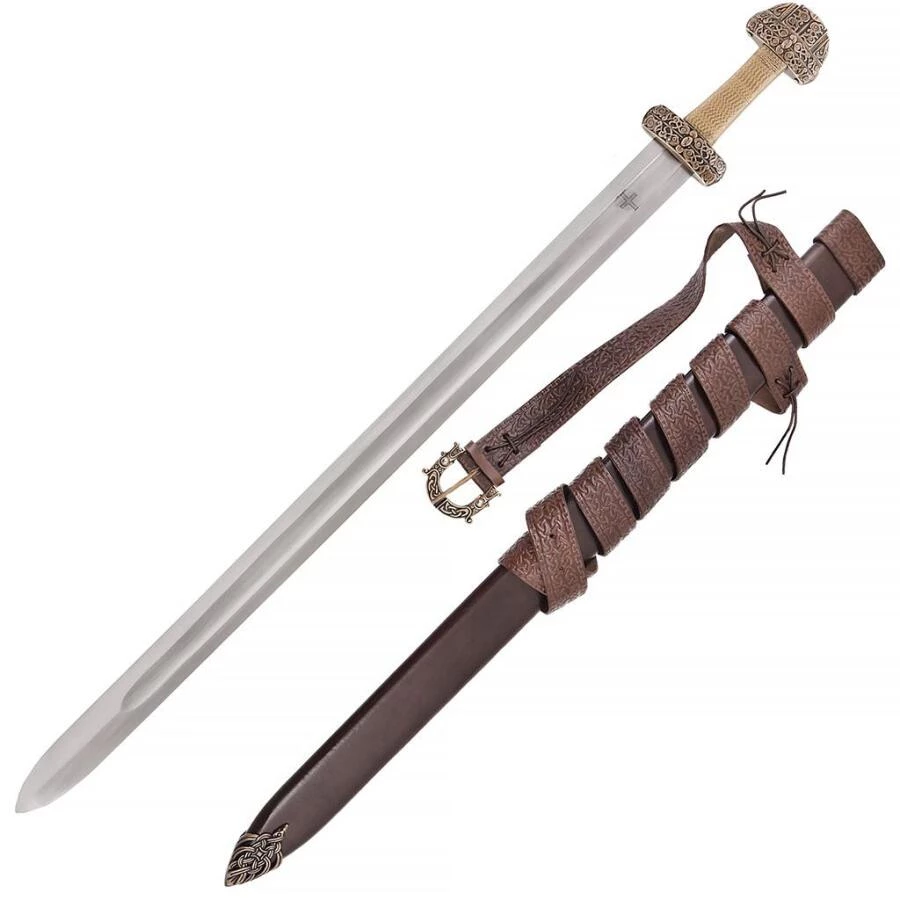
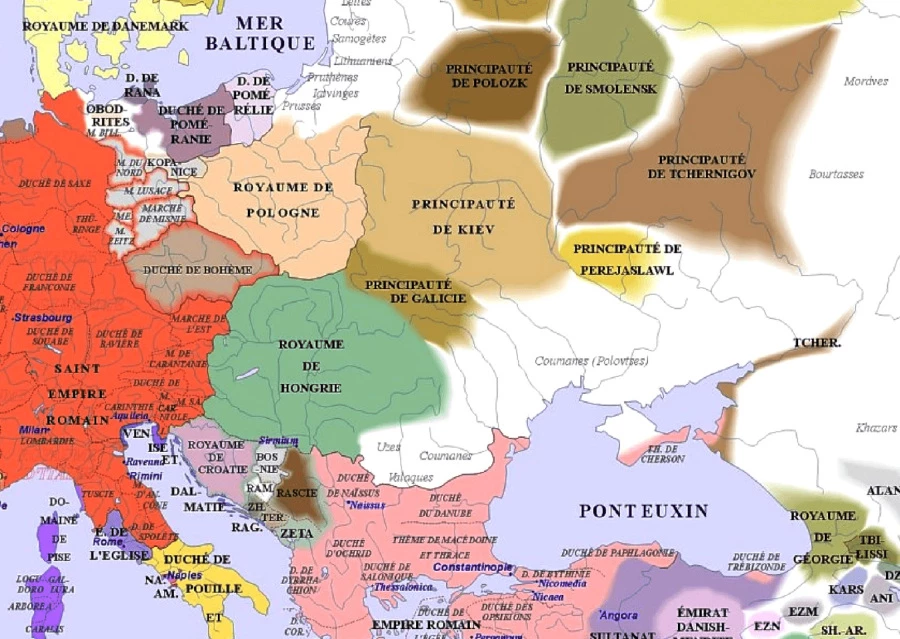
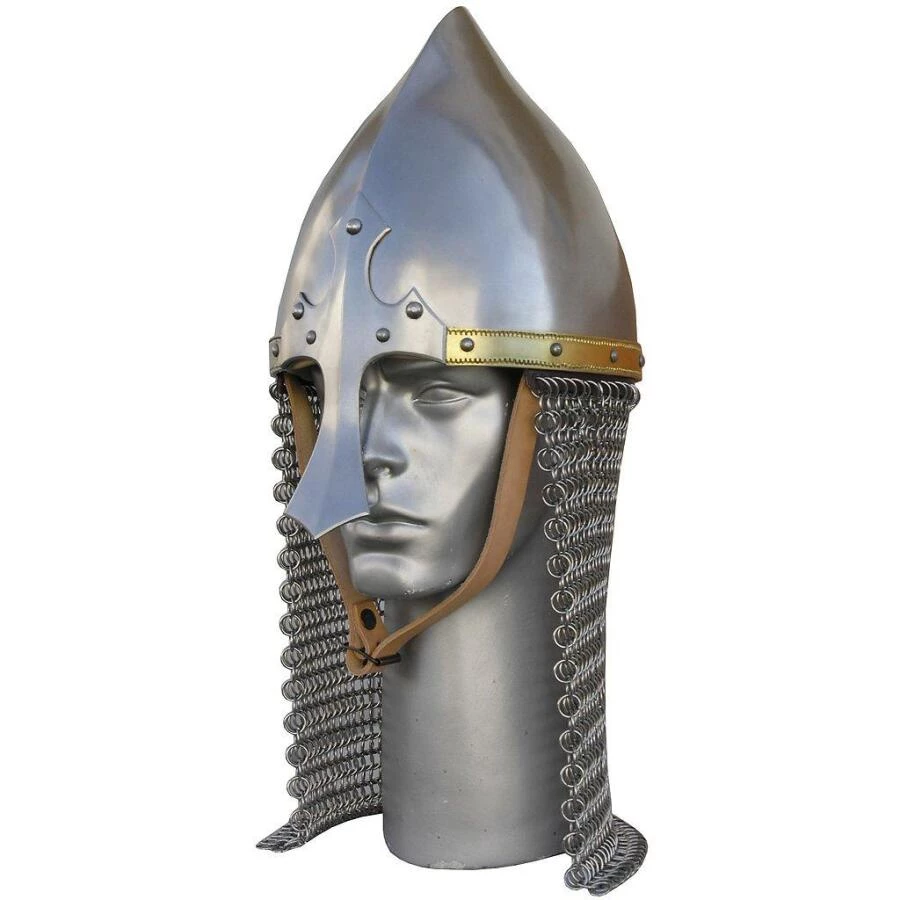

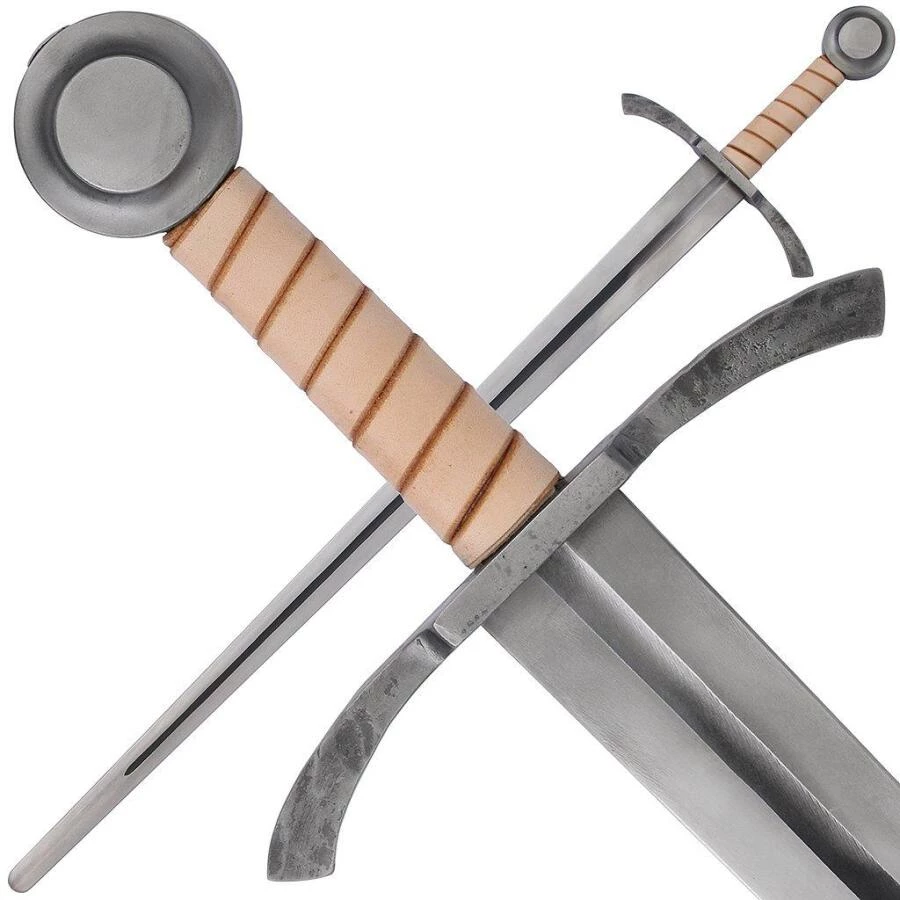
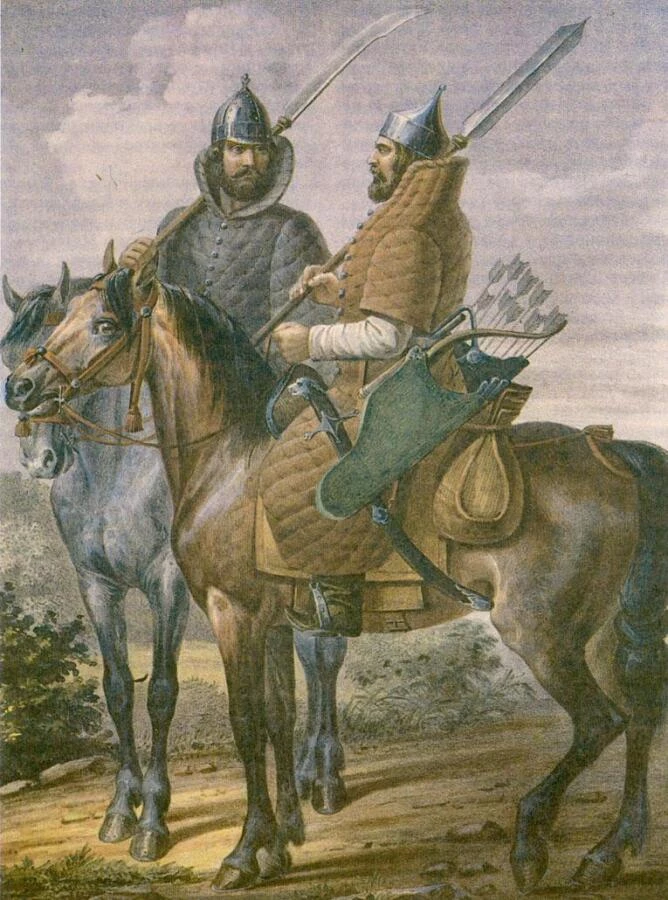
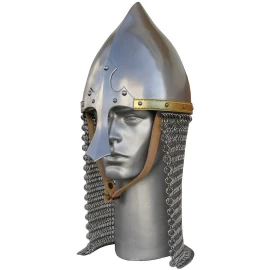
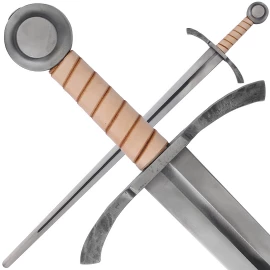

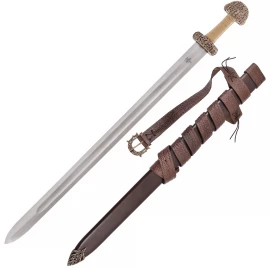
Comments